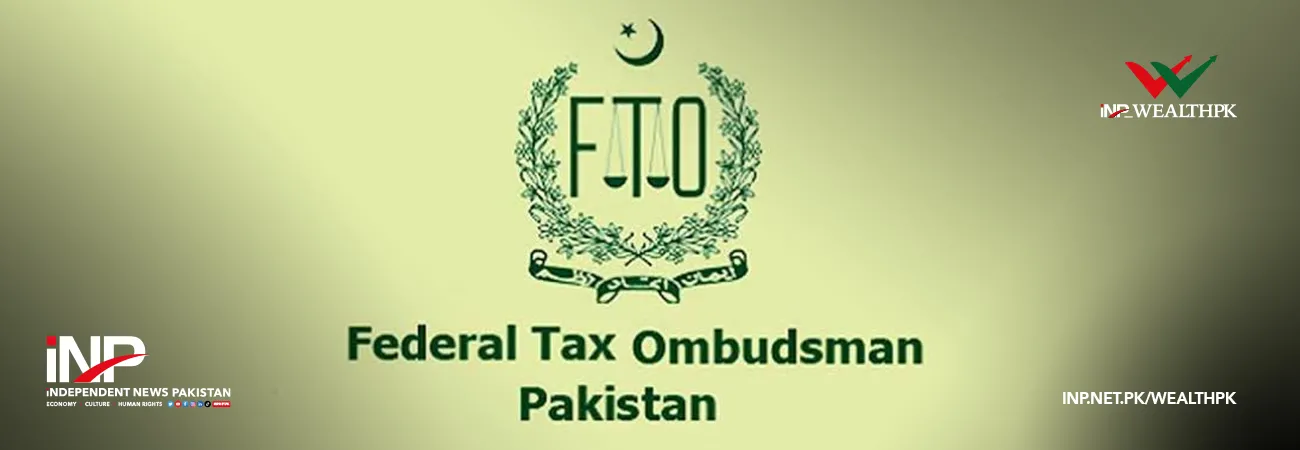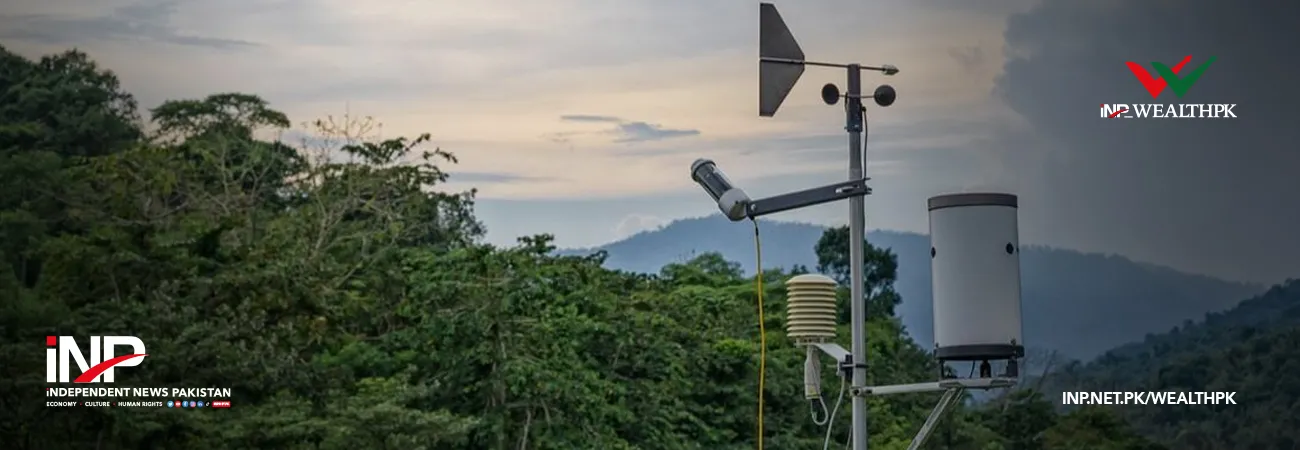INP-WealthPk
Ayesha Saba
Pakistan’s banking sector navigated a year of transition in fiscal year 2024-25, , striking a balance between its substantial appetite for risk-free government securities with renewed lending to the private sector as monetary easing and macroeconomic stability took hold. According to the State Bank of Pakistan’s Annual Report 2024-25, the dual trends of expanding private credit and persistent sovereign exposure defined the sector’s performance in a year when inflation fell sharply, interest rates were reduced, and the overall economic outlook improved.

The report said that banks continued to maintain a significant portion of their balance sheets in government securities, reflecting both high returns and regulatory convenience. Despite this, private-sector credit recovered after two years of contraction, growing by over 12 percent during FY25. This rebound was supported by the central bank’s decision to lower the policy rate from 20.5 percent to 11 percent in a series of steps beginning in mid-2024, which eased the cost of borrowing and improved credit demand.
The SBP observed that working-capital loans accounted for the largest share of new credit, followed by fixed investment and consumer finance. Lending to the manufacturing sector, particularly textiles, food, and construction-related industries, increased as business confidence returned. The recovery in consumer financing was mainly driven by automobile and personal loans, reflecting the gradual restoration of purchasing power after years of high inflation. The agriculture sector also saw a modest rise in credit disbursements as banks expanded outreach programs and introduced targeted products.
However, the report noted that despite this revival, private credit’s share of total banking assets remains relatively low, underscoring the structural dependence on public borrowing. The SBP attributed this to the government’s continued need to finance fiscal deficits through domestic sources. Banks found it more profitable and less risky to invest in government securities such as treasury bills, Pakistan Investment Bonds, and Sukuk. By June 2025, nearly half of the banking sector’s assets were invested in these instruments.
The report described this phenomenon as a continuation of the “sovereign-bank nexus,” in which fiscal needs dominate financial intermediation. The central bank warned that while such exposure supports short-term stability, it also constrains the ability of banks to fund private investment and innovation. The SBP pointed out that limited long-term financing hampers industrial modernization, particularly for small and medium-sized enterprises that lack access to capital markets.
Nevertheless, the banking sector remained resilient and well-capitalized. The Capital Adequacy Ratio stayed comfortably above the regulatory minimum, and asset quality indicators improved as non-performing loans declined slightly. The profitability of banks remained high, supported by strong interest income, trading gains, and fee-based revenues. The report added that liquidity buffers remained ample, enabling banks to meet both regulatory and operational requirements.
The SBP said that financial soundness indicators reflected the sector’s strong capacity to absorb shocks, but urged diversification of loan portfolios to enhance long-term growth potential. It also encouraged banks to expand credit to underserved sectors, including SMEs, housing, and agriculture. The report noted that the SBP’s refinance and risk-sharing schemes played an important role in facilitating this expansion by reducing collateral requirements and encouraging participation of smaller banks.
The central bank acknowledged that the shift in monetary policy toward accommodation created space for greater private-sector activity. It stated that “the resumption of credit expansion to the private sector after two years of contraction is an encouraging sign of improving financial intermediation.” However, it emphasized that sustained progress would require reducing fiscal reliance on banks and deepening non-bank financial markets.
The report concluded that Pakistan’s banking sector entered FY26 in a position of strength, with improved liquidity, strong capitalization, and better asset quality. It cautioned, however, that further reforms are needed to rebalance incentives away from government borrowing and toward productive private-sector lending. The SBP said that ensuring this balance will be essential for transforming Pakistan’s financial system into a more growth-oriented and inclusive engine of development.
Credit: INP-WealthPk













